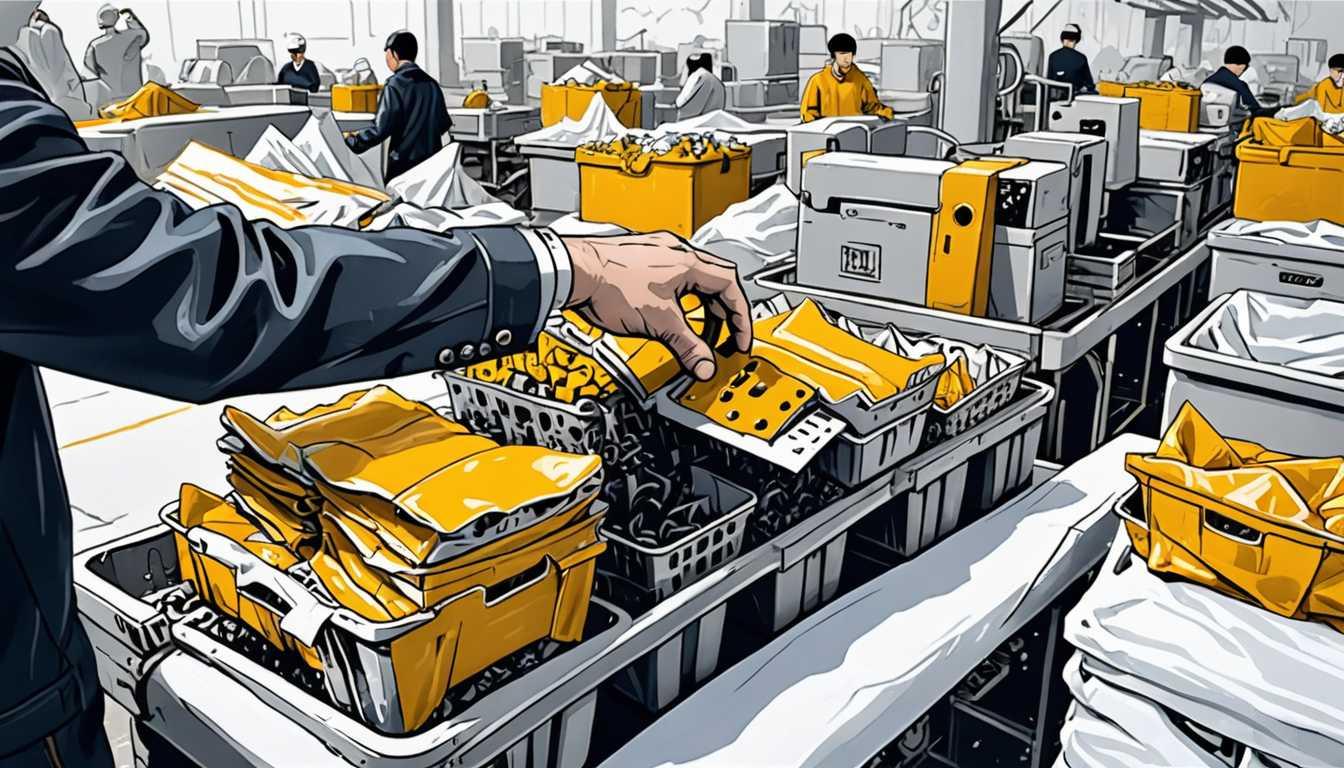Air Pollution: A Hazardous Workmate?
September 2023
London School of Economics (LSE)
Introduction
Dive into the murky air of construction sites with a groundbreaking study from the London School of Economics! Researchers have uncovered a gasping link between air pollution and an uptick in workplace mishaps. Tracking over 24,614 sites, they reveal how even a slight haze of pollution can cloud safety, leading to more accidents. It's not just about coughs and wheezes; it's about keeping workers on their feet. Ready to clear the air on this topic?
READ FULL ARTICLEWhy It Matters
Discover how this topic shapes your world and future
Breathing in the Problem – The Air Pollution Puzzle
Imagine you're on a construction site, the sounds of machinery and shouting filling the air. Now, add a thick layer of air pollution to the scene. Not only does it make the skyline hazy, but it turns out, it also increases the chances of accidents happening on the site. Why does this matter to you? Well, air pollution isn't just a problem for people working on construction sites; it's a global issue affecting millions. It's about the air you breathe every day, whether you're walking to school, playing sports, or just hanging out at home. The implications of air pollution stretch far beyond health issues, impacting workplace safety and productivity. This topic could spark your curiosity about how seemingly unrelated factors like air quality and workplace accidents are interconnected, influencing policies and practices around the world. Plus, it's a chance to explore how science can help solve real-world problems, making our environments safer and healthier.
Speak like a Scholar
Air Pollution
The presence of harmful substances in the air, often resulting from human activities like transportation, industry, and construction.
Productivity Losses
The decrease in output or work efficiency due to various factors, in this case, caused by increased accidents on construction sites due to air pollution.
Nitrogen Dioxide (NO2)
A significant air pollutant produced by fuel combustion, which has been linked to increased accidents in construction sites.
Disability-Adjusted Life Years (DALYs)
A measure used to indicate the overall disease burden, calculated by combining the number of years lost due to ill-health, disability, or early death.
Causal Inference
The process of determining whether a cause-and-effect relationship exists between two variables.
Mitigation
Strategies or actions taken to reduce the severity, seriousness, or painfulness of something, in this case, the effects of air pollution.
Independent Research Ideas
Exploring the Impact of Urban Green Spaces on Local Air Quality and Worker Safety
Investigate how urban green spaces, like parks and green roofs, can improve air quality and potentially reduce the risk of workplace accidents in urban construction sites.
The Role of Personal Protective Equipment (PPE) in Protecting Construction Workers from Air Pollution
Examine the effectiveness of various types of PPE, such as respirators and masks, in minimizing the health risks posed by air pollution to construction workers.
Comparative Analysis of Air Pollution Policies and Construction Site Accidents Across Countries
Analyze how different countries' air pollution control policies have impacted the rate of construction site accidents, offering insights into best practices.
The Psychological Effects of Air Pollution on Construction Workers
Explore how air pollution might affect the mental health and cognitive function of construction workers, potentially contributing to the risk of accidents.
Innovative Technologies for Real-Time Monitoring of Air Quality on Construction Sites
Investigate new technologies and devices that could help monitor air pollution levels in real-time at construction sites, enabling immediate action to protect workers.
Related Articles

Fitness, Insurance, and Economics Unveiled
January 2023
Massachusetts Institute of Technology (MIT)

Hybrids to the Rescue: Emission Solutions!
September 2024
Harvard Gazette

Profits and Principles: A Balancing Act
November 2024
Cornell News Highlights

Nature's Toll on UK Economy Revealed
April 2024
University of Oxford

Unveiling Corporate Green Secrets
October 2023
London School of Economics (LSE)